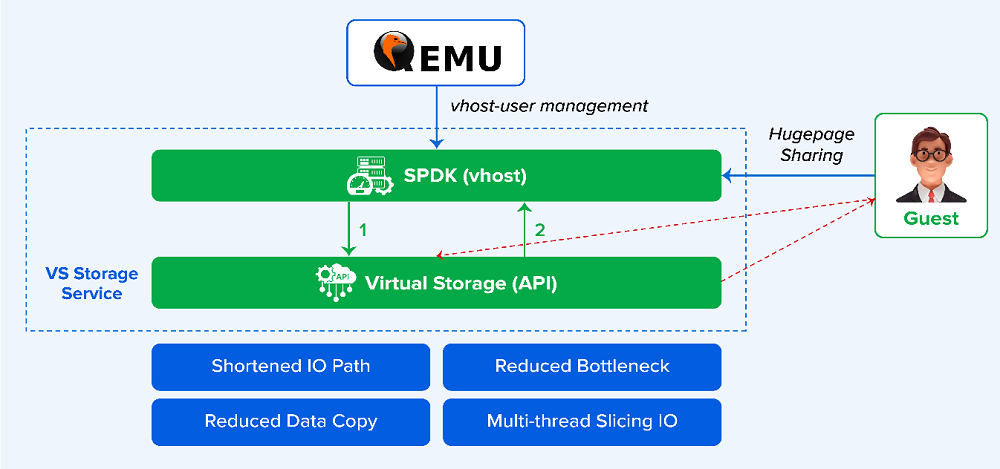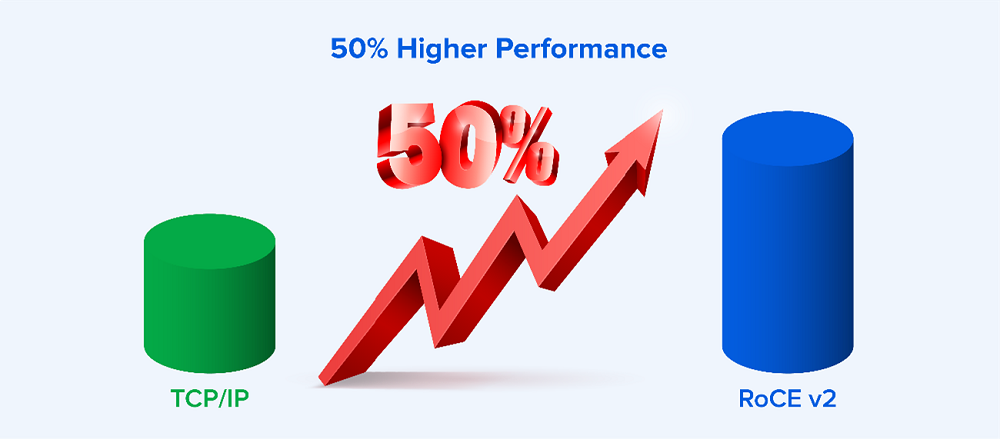In today’s digital landscape, the performance and responsiveness of IT infrastructure are more crucial than ever, especially for mission-critical applications. Organizations depend on these applications for smooth operations, user satisfaction, and maintaining a competitive edge.
The launch of Sangfor HCI 6.10.0 marks a significant leap in delivering unparalleled performance to power even the most demanding workloads.
Performance has always been a top priority in the development of Sangfor HCI (Hyperconverged Infrastructure). In previous versions, Sangfor introduced a range of software optimizations, including SSD caching, data striping, NUMA resource affinity, and database performance tuning for Oracle. Sangfor HCI 6.10.0 raises the performance bar even higher through a comprehensive set of cutting-edge enhancements. Let’s explore these enhancements in more detail.
Optimized CPU Scheduling for High Priority VMs
A key improvement is the optimized CPU scheduling algorithm that prioritizes mission-critical VMs. These high-priority VMs can now be configured with CPU resource reservations to guarantee their allocation. This is a change from previous versions, where they had to wait in the queue with all other VMs. The new scheduling logic enables high-priority VMs to preemptively take CPU cycles from regular VMs, ensuring they get the compute resources immediately when needed.
SPDK for Accelerated Storage Performance
Sangfor HCI 6.10.0 now supports the Storage Performance Development Kit (SPDK), a toolkit for building high-performance storage applications. Using SPDK vHost technology, Sangfor HCI allows VMs to access storage hardware directly through storage applications in the user space. Typically, VMs access storage through the operating system’s kernel, which introduces latency due to context switching and additional processing layers. By bypassing the kernel, Sangfor HCI greatly reduces the performance overhead caused by virtualization traps.
The result is a stunning improvement in storage performance. The average latency of large block mixed read-write operations has been slashed from 4ms to 2ms - a 50% reduction. Small block input/output operations per second (IOPS) has increased by over 20%, giving Sangfor HCI a substantial performance edge over competitors.

SPDK turbo delivers higher storage performance
RDMA Support for Fast Networking
In addition to storage, networking received a major upgrade with support for Remote Direct Memory Access (RDMA).
RDMA allows one computer to directly access the memory of another without involving the operating system. This bypasses the traditional network stack, reducing latency and increasing throughput.
With RDMA, Sangfor HCI fully utilizes the ultra-low latency and high bandwidth of modern network fabrics, delivering performance levels comparable to native hardware setups.

Single VM, 32 concurrent 4k random write operations
Combined with other networking optimizations, such as vCPU binding, SR-IOV (Single Root I/O Virtualization), and Onload technology, the network performance of Sangfor HCI 6.10.0 matches that of a dedicated hardware solution.

Low latency network performance with SR-IOV
Mission-Critical Ready
With these transformative performance enhancements, Sangfor HCI 6.10.0 is primed to handle the most demanding mission-critical workloads. Whether running resource-intensive databases, powering high-transaction financial applications, or supporting latency-sensitive virtualized desktops, this hyperconverged platform delivers the speed and responsiveness required.
To learn more about all the new capabilities and upgrades of Sangfor HCI 6.10.0, reach out to your local Sangfor sales representative today.


